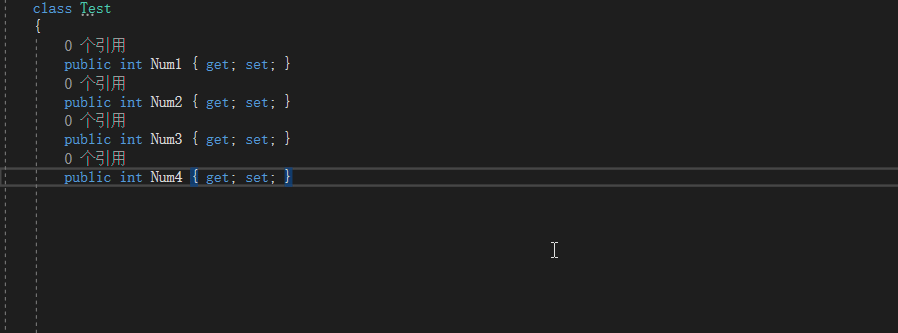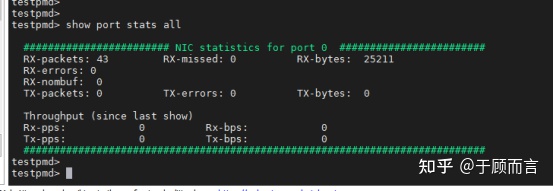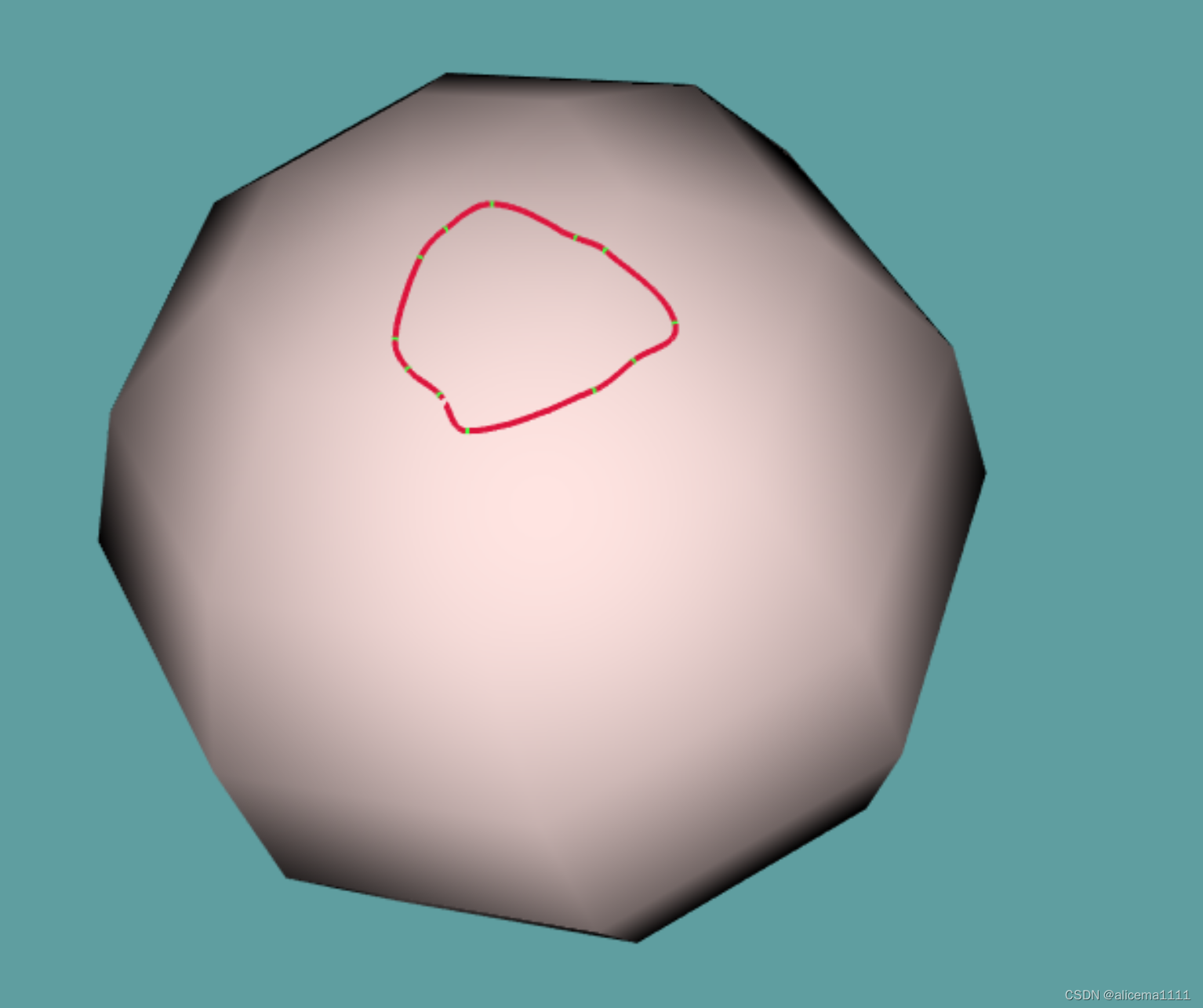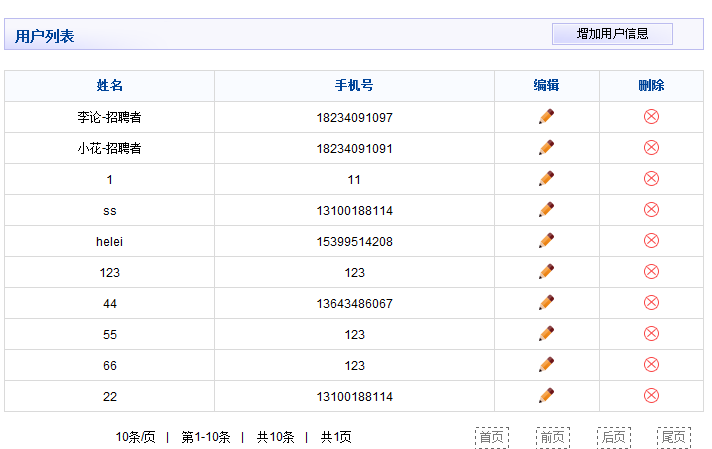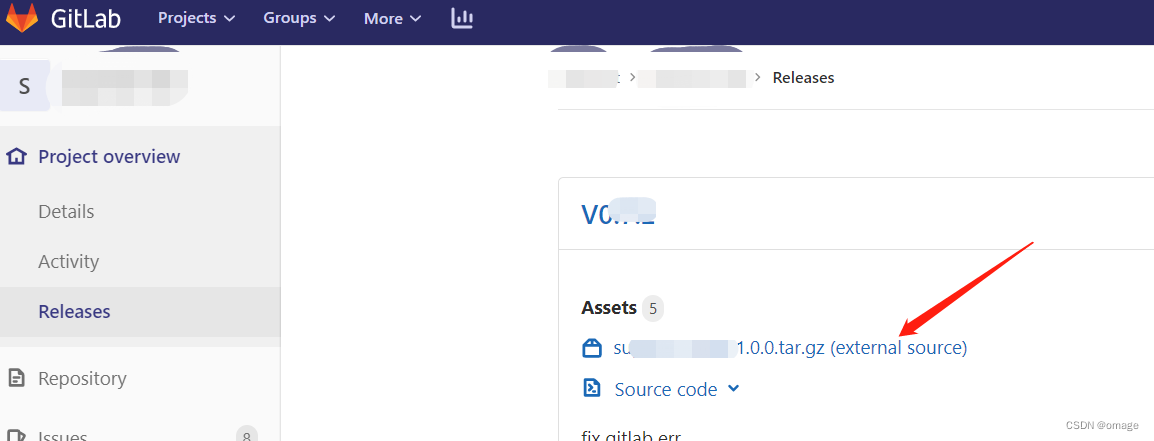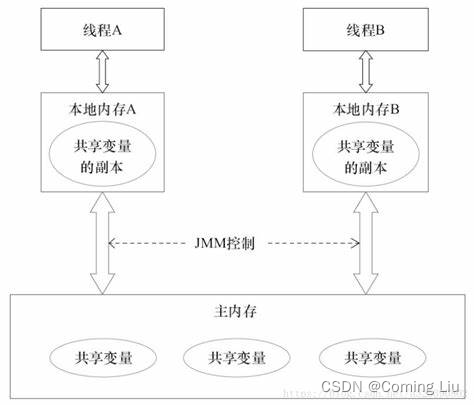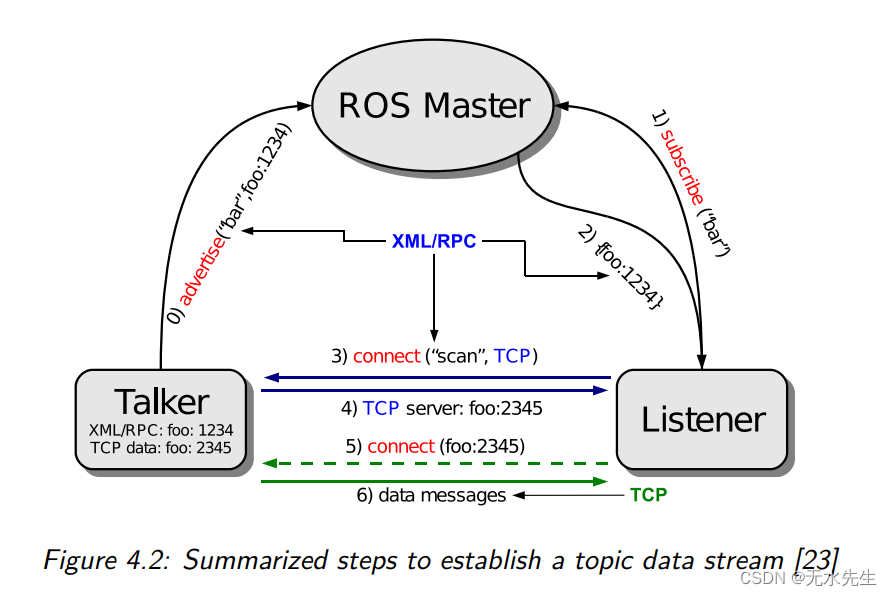摘要
- a regular recurrent neural network (RNN) → \rightarrow → a bidirectional recurrent neural network (BRNN)
- a preset future frame: 预设的未来架构。
- . Structure and training procedure: 架构和训练程序。
- TIMIT database.
INTRODUCTION
- the parameters of the model 能够由监督训练过程所决定。
- Artificial neural networks: 人工神经网络(ANN)
- Multilayer perceptrons :MLP
- static data patterns静态数据模式
- 多层前馈网络在处理静态数据上是受限的。
- f the size of the input window in advance:提前设计输入窗口的数量。
- different ANN structures: 调研了不同的ANN结构。
- 改进RNN的版本:
双向循环神经网络:
a bidirectional recurrent neural network,
Technical
Consider a sequence of input data vectors:
X
1
T
=
{
x
1
,
x
2
,
x
3
,
⋯
,
x
T
−
1
,
x
T
}
X^{T}_1 = \{x_1,x_2,x_3,\cdots,x_{T-1},x_T\}
X1T={x1,x2,x3,⋯,xT−1,xT}
a sequence of corresponding output data vectors
y
1
T
=
{
y
1
,
y
2
,
y
3
,
⋯
,
y
T
−
1
,
y
T
}
y^{T}_1 = \{y_1,y_2,y_3,\cdots,y_{T-1},y_{T}\}
y1T={y1,y2,y3,⋯,yT−1,yT}
目的是学习一种规则,给定输入数据去预测输出数据。
- 输出是连续的,问题被定义为回归问题。
- 输出是类别标签的,问题被定义为分类问题。
- Unimodal Regression:单峰回归。或函数最大化。
- 输出数据假设:Gaussian with zero mean and a fixed global
data-dependent variance、
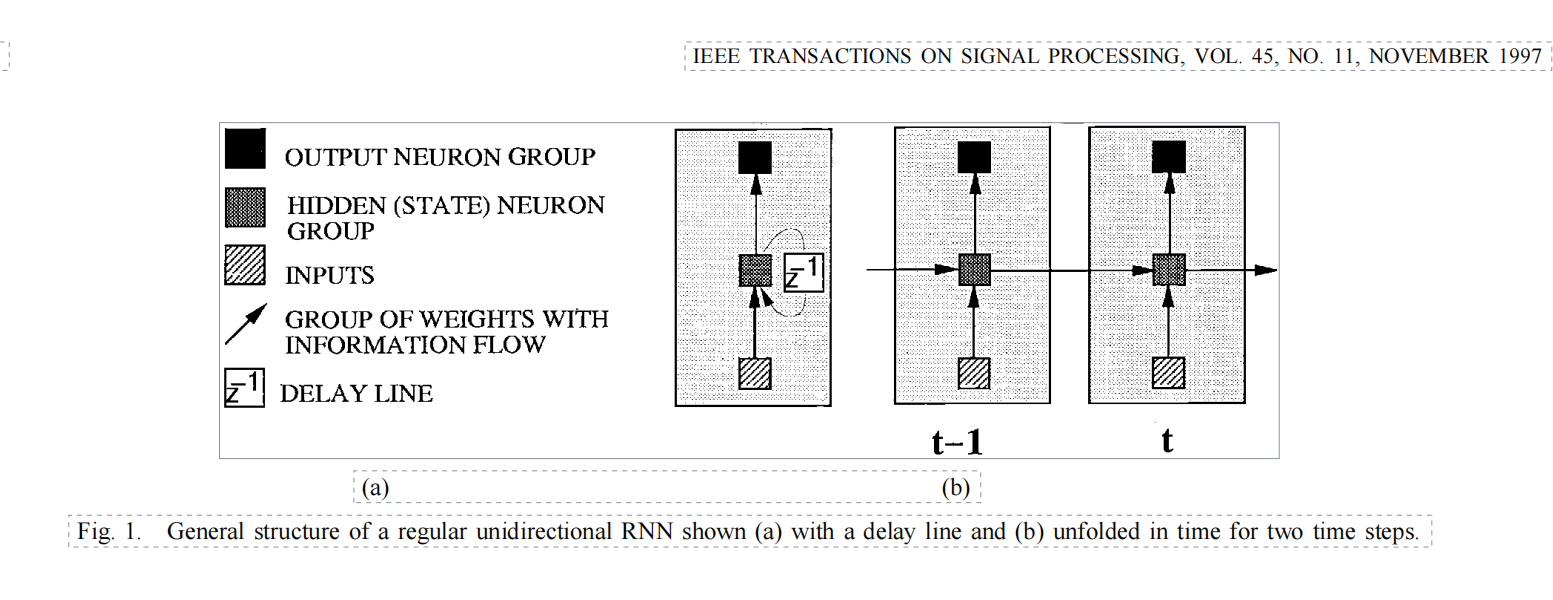
- the convenient Euclidean distance 欧几里得距离。
- themean-squared-error criterion: 均方误差标准
-
- thecross-entropycriterion 交叉熵标准
分类
- amultinomial out putdistribution:多项式输出分布。
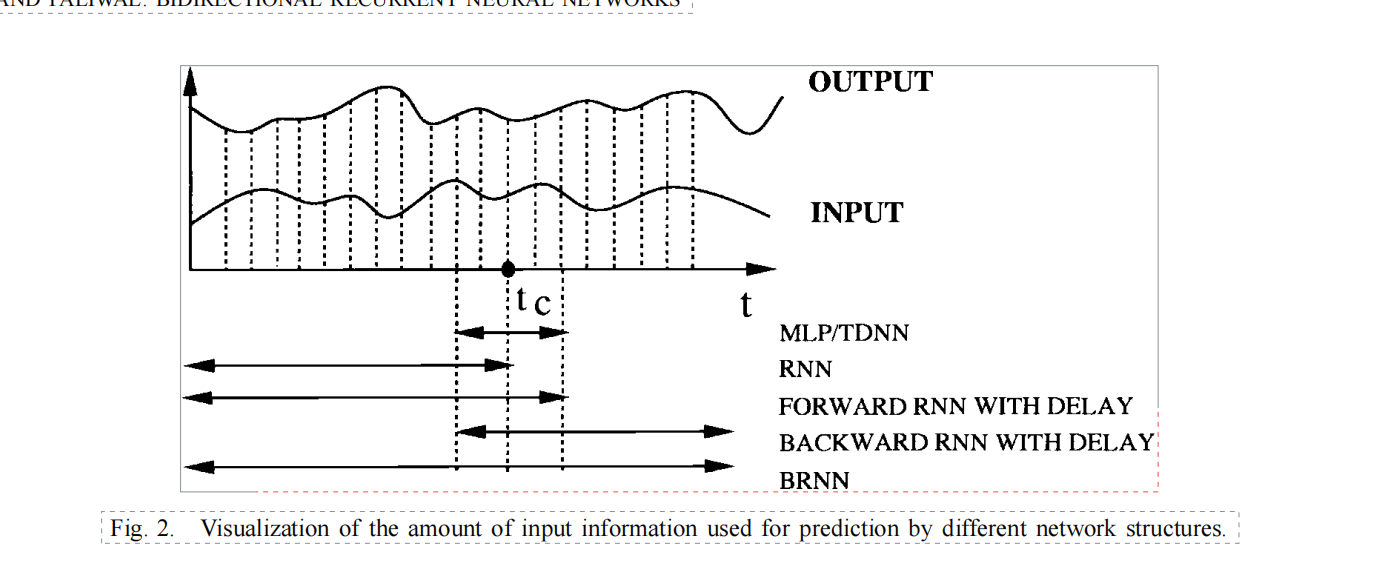

-
.BidirectionalRecurrentNeuralNetworks
-
- BRNN能够被训练:
-
- using allavailable input informationin the past and future of a specific time frame
- (使用过去和未来的输入信息)一个特定的时间框架。

总结
这篇文章,先不当做重点读,先将代码给其复现完整,全部都将其搞定,慢慢的将其研究透彻。在开始学习这篇文章,开始研读这篇文章都行啦的理由与打算。慢慢的开始将代码给读透彻,研读彻底。





